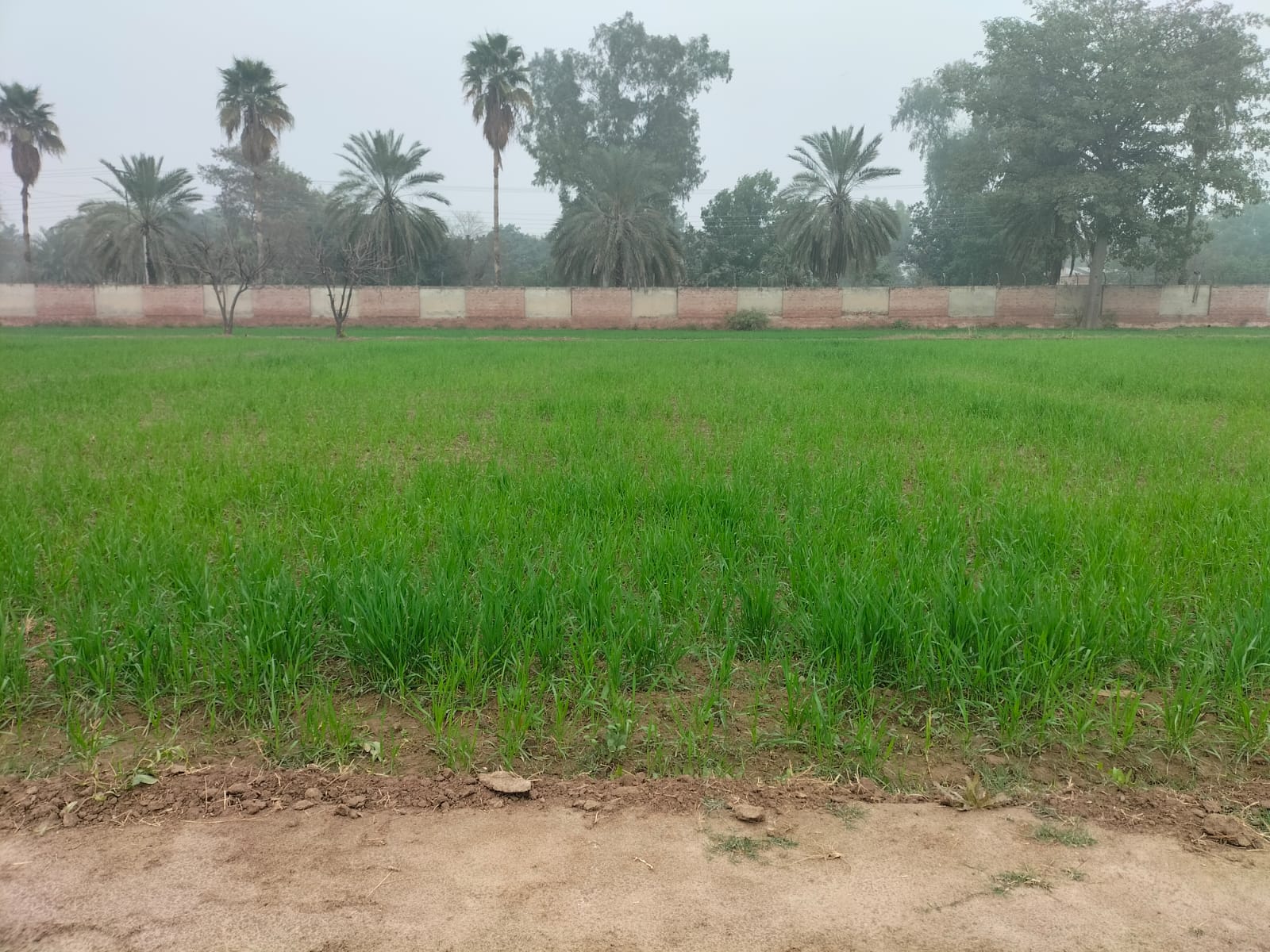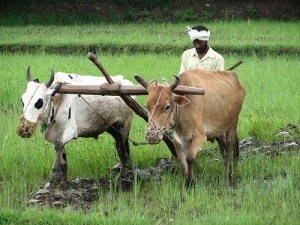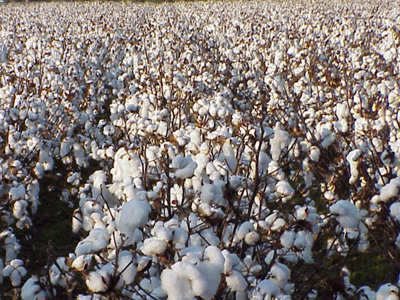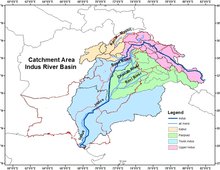- Weekly: The daily maximum temperatures remained above normal across the country.
- Decadal: Lowest Minimum temperature recorded was -3.7C at Gupis during the last decade.
- Monthly: In August 2025, most parts of Pakistan received moderate to heavy rainfall. Pothohar Region, northeast Punjab and Kashmir receive significantly above normal rainfall. Similarly, central Punjab, upper Sindh and southeastern Balochistan also reported slightly above normal precipitation. In contrast, most parts of Khyber Pakhtunkhwa, Southern Punjab, lower Sindh and southwestern Baluchistan received below normal rainfall.
- Monthly: During September 2025, rainfall is anticipated to be normal to slightly above normal across most regions, particularly in the northeastern parts of Punjab and southern Sindh. In contrast, Gilgit-Baltistan along with neighboring areas of upper Khyber Pakhtunkhwa and Kashmir is expected to experience normal to slightly below normal precipitation.
- Weekly: Dry and cold weather prevailed over the country during the last week.
- Decadal: Light rainfall with snowfall at isolated places over hilly areas during first half of the decade in Upper KP and GB while the second half will remain dry and cold, while cold and dry weather is expected from rest parts of the country during the decade.
- Weekly: Daily minimum temperatures remained above normal in north and southwest of Balochistan, central & South Punjab, upper and lower Sindh, lower KPK and GB.
Welcome to National Agromet Centre
Pakistan Meteorological Department (PMD) is both a scientific and a service department, and functions under the Cabinet Secretariat (Aviation Division). It is responsible for providing meteorological service throughout Pakistan to wide variety of interest and for numerous public activities and projects which require weather information. National Agromet Centre (NAMC) is an important division of PMD which has been setup to relate meteorological services to the most important agriculture sector of the country so as to promote the overall status of farming community. NAMC has thus been extending its services since its establishment.
Present Condition of Agricultural Crops on 5th January, 2026 Wheat Archives Cotton Archives
Our Products
Joint Agro-advisory by PMD & MNS-University of Agriculture, Multan
گندم
موسمی حالات کو مدِ نظر رکھتے ہوئے جڑی بوٹیوں کی تلفی کے لئے سپرے صاف موسم میں کریں ۔ پہلی آبپاشی کے بعد محکمہ زراعت کے عملہ کی مشاورت سے جڑی بوٹیوں کی تلفی کریں۔ جڑی بوٹی مار ادویات کے سپرے کے لئے اچھی کوالٹی کی مخصوص نوزل کا استعمال کریں ۔ سپرے کرتے ہوئے حفاظتی اقدامات کے طور پر دستانے ، ماسک اور حفاظتی لباس کا استعمال کریں۔ ریتلے اور شور زدہ رقبہ میں دوسراپانی 50 سے 55 دن بعد لگائیں اور نائٹروجنی کھاد کی ایک قسط دیں۔
آم
جہاں زمین خشک ہو وہاں ہلکی آبپاشی کریں تاکہ پودے سردی سے محفوظ رہ سکیں ۔ باغ میں چھوٹے پودوں کو سردی سے بچانے کے لئے مناسب بندوبست کریں۔ اس سلسلے میں چھوٹے پودوں کو ڈھانپ دیں یا مناسب کیمیکل کا سپرے کریں ۔ آم کے تیلے کے تدارک کے لئے پودے کے تنے اور ٹہنوں پرمناسب زہر کا سپرے کریں۔ جن علاقوں میں میلی بگ کا خطرہ ہو وہاں پودے کے تنے کے گرد سلپری (پھسلنے والے) بینڈ لگائیں ۔ آم کے پھول کی مج کی مانیٹرنگ کریں۔ بیمار اور کمزور پودوں کی صحت کی بحالی کے لئے پودوں کی چھتری کے نیچے تنے سے 10 فٹ کے فاصلے پر ٹرینچ بنائیں ۔بڑے باغ میں نئے/چھوٹے پودوں میں حفظانی تہہ ( ملچ) کے استعمال کو یقینی بنائیں۔ باغ میں زمینی لیول کو بہتر بنائیں۔
گنا
کماد کی کٹائی اقسام اور فصل کے پکنے کو مدنظر رکھ کر کریں۔ گنا زمین کی سطح سے آدھاتا ایک انچ گہرا کاٹیں۔ پہلے ستمبر کاشتہ فصل پھر مونڈی فصل اور اگیتی ، درمیانی اور پچھیتی اقسام کی کٹائی کریں۔ مونڈھی فصل رکھنے کے لئے فصل کی برداشت 15 جنوری کے بعد کریں اور گنا زمین کی سطح سے آدھاتا ایک انچ گہرا کاٹیں ۔









